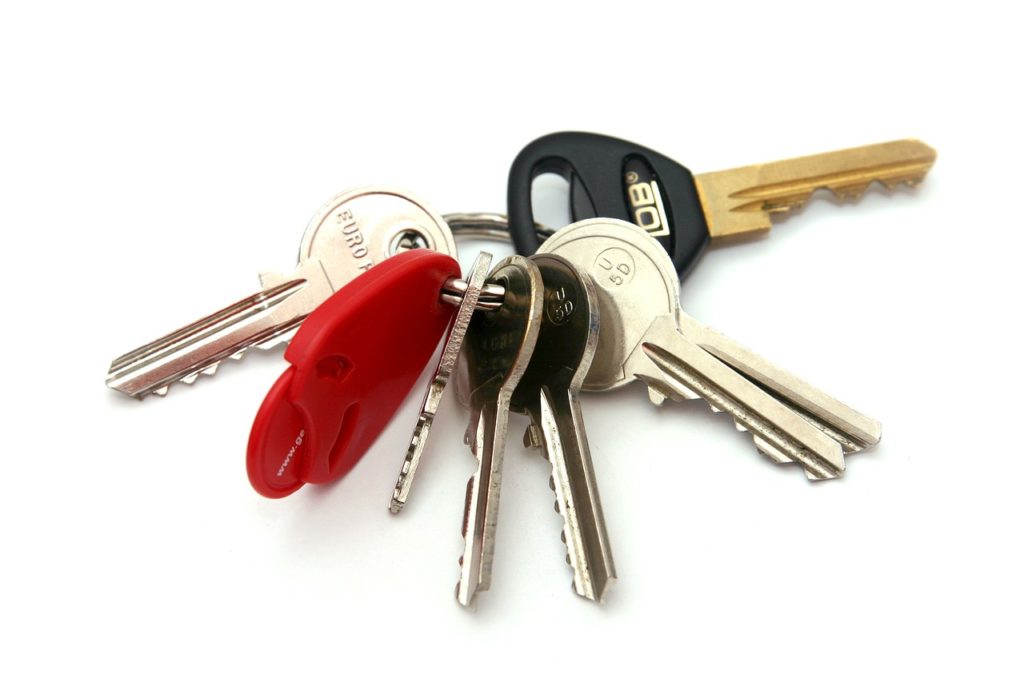
What is the top of a key? The top of a key is an important part of understanding how it works. It’s what allows you to grip the key better and turn its tumblers, which in turn allow you to unlock your door or start your car. When we say “top,” we mean the area where two pieces of metal come together: one that sticks up and one that slopes down. The slope-down piece helps keep dirt from getting underneath and causing problems with friction when turning the key.
This blog post will discuss logic gates, their function, and why they are used in modern electronic devices like computer processors. Logic gates are made out of transistors, resistors, diodes, and capacitors. Logic gates are key in converting data from the world of analog signals to digital ones. In today’s computing paradigm, logic is ubiquitous because it has a low level of error and can be used to do multiple tasks.
The top of the key should be smooth so you can easily twist it open, but with grooves to help pull at your fingers or grip when turning a knob (or key). It also has an indentation in which metal tumblers sit.

When you push the key down, it causes a metal tumbler to line up with one of two holes. One hole will be too small for the tumbler and cause it to turn around in place so that when you release the key, pressure on its top from your fingers is released and it drops back into position (or out of alignment) with the hole.
The other hole is just right for the tumbler and it will drop into place, triggering a signal from an electronic device to flip over one of two circuits in parallel: A current-carrying circuit that completes electricity’s flow through the key or a noncurrent carrying circuit (or none at all) that does not complete the key’s circuit.
When you release the key, it springs back up due to a spring housed in its base and is ready for your next press. The top of the key has an indentation with metal tumblers that line up when pushed down against one another; this causes either none or a current-carrying circuit to flip over, which completes a key’s circuit.
A key is a device that does not have an electric current running through it unless one of its circuits is flipped over. A key’s circuit can be completed by flipping the switch on the top, which triggers either none or a current-carrying circuit to flip over and completes the key’s circuit. When you release the key, due to a spring housed inside the key, it springs back up and is ready for your next press.
This article has a detailed analysis of what happens when you push down on the top of a key. There are two parts to this key that can be activated: either flipping over one circuit or multiple circuits by pressing in the middle area. The first time you push the key down, either none or a single circuit flips and completes the key’s circuit. When you release the key by lifting your finger up from it, due to a spring housed inside of it, it springs back up ready for another press.

When you press on top of an individual switch in the middle area of this key instead, it causes all of the circuits to be flipped. This key is called a “switch” because when you press on top, it flips and completes its circuit like how an electrical switch operates in your home or office.
two parts to this key that can be activated: either flipping over one circuit or multiple circuits by pressing in the middle area. The first time you push the key down, either none or a single circuit flips and completes the key’s circuit. When you release the key by lifting your finger up off it, due to a spring housed inside of it that is designed to push the key back up again, it springs back up ready for another press.
when you use your finger on top and instead press down in the middle area all circuits are flipped at once.
because this key can be activated by flipping one circuit or multiple circuits, it is capable of logic.
if you have a key where the top part can activate one circuit and flip over another section activates all circuits, then this key does not possess logic because only one or two areas are able to flip at any given time
but with a key that has an area for each circuit like the top of a key, then you have logic because all circuits can be flipped at the same time.
this is true for a key that has two different sections on top or more.










